Anti Aging Skincare Product Market Summary
As per MRFR analysis, the Anti-Aging Skincare Product Market was estimated at 20.3 USD Billion in 2024. The Anti-Aging Skincare Product industry is projected to grow from 20.82 USD Billion in 2025 to 26.86 USD Billion by 2035, exhibiting a compound annual growth rate (CAGR) of 2.58 during the forecast period 2025 - 2035.
Key Market Trends & Highlights
The Anti-Aging Skincare Product Market is experiencing a dynamic shift towards natural and personalized solutions driven by technological advancements.
- The market is witnessing a notable rise in the demand for natural ingredients, reflecting a broader consumer preference for organic products.
- Personalized skincare solutions are gaining traction, as consumers seek tailored approaches to address their unique skin concerns.
- Integration of technology in skincare products is becoming increasingly prevalent, enhancing user experience and product efficacy.
- The increasing aging population and growing awareness of skincare are major drivers propelling market growth, particularly in North America and the Asia-Pacific region.
Market Size & Forecast
| 2024 Market Size | 20.3 (USD Billion) |
| 2035 Market Size | 26.86 (USD Billion) |
| CAGR (2025 - 2035) | 2.58% |
Major Players
L'Oreal (FR), Estée Lauder (US), Procter & Gamble (US), Unilever (GB), Shiseido (JP), Johnson & Johnson (US), Beiersdorf (DE), Coty (US), Revlon (US)


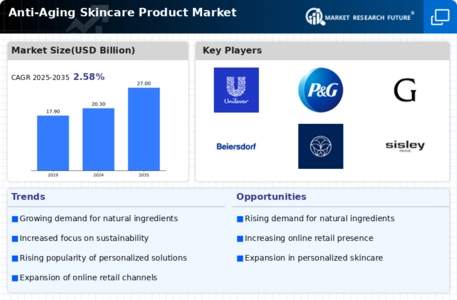

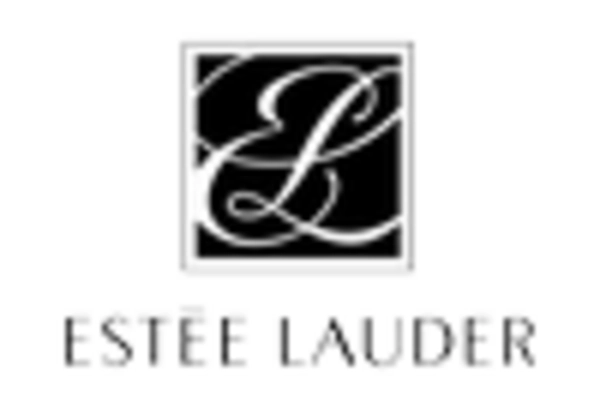

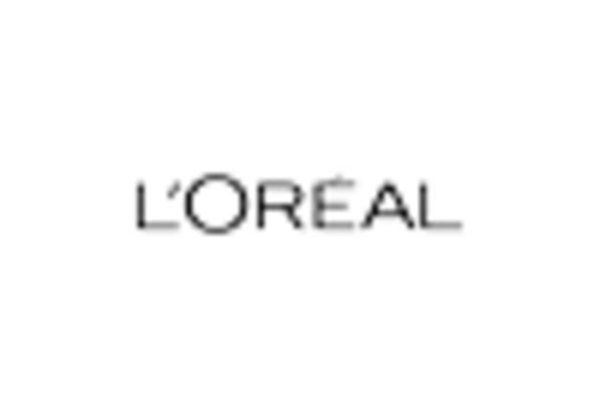
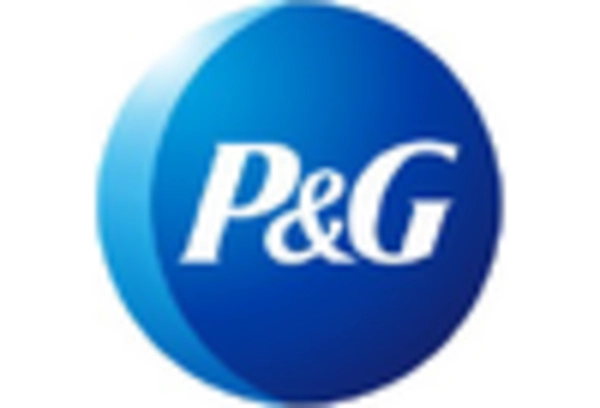
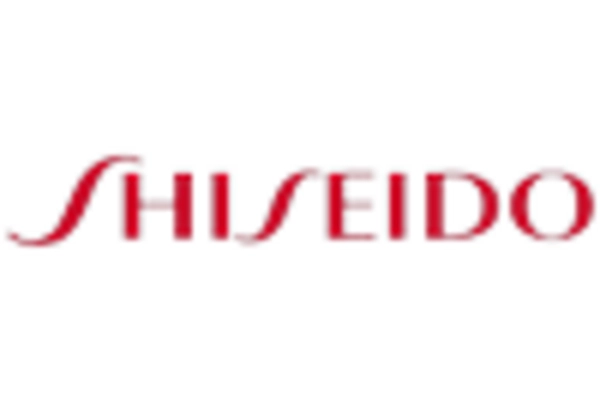









Leave a Comment